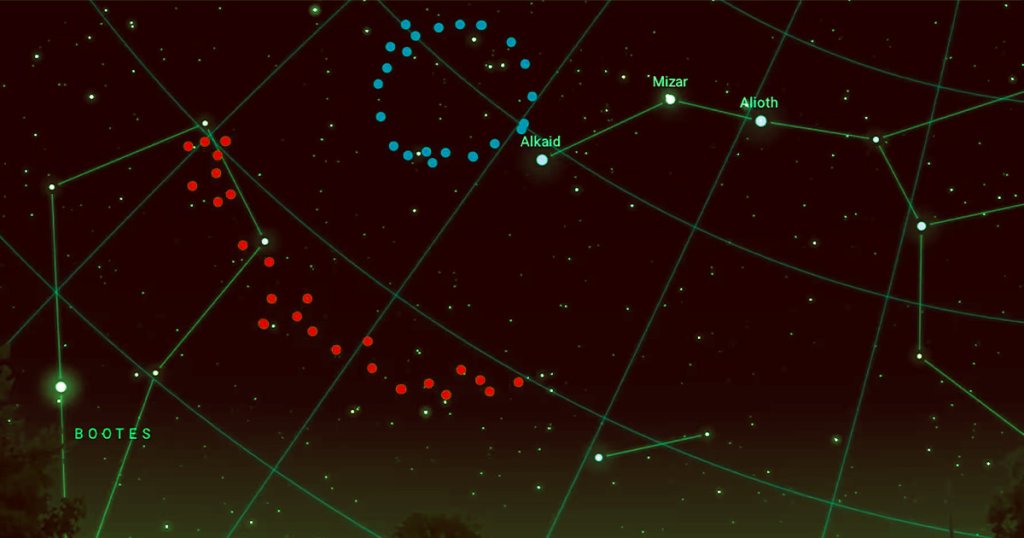“From current cosmological theories we didn’t think structures on this scale were possible.”
One Ring
Lurking some nine billion light years away from Earth is what appears to be a so-called cosmic megastructure in the shape of an enormous ring. It’s so large that its existence should be impossible, according to new research reported on by The Guardian, challenging a fundamental assumption of our understanding of the Universe.
Known as the “Big Ring,” the structure spans an astonishing 1.3 billion light years in diameter — a significant portion of the observable Universe’s estimated size of 94 billion light years. By contrast, the largest known galaxy is a “mere” 16 million light years across. If it were visible in the night sky to the naked eye, the Big Ring would be equal in diameter to fifteen full moons. Succinctly put: it’s unfathomably huge.
The unpublished findings, presented at the annual meeting of the American Astronomical Society on Thursday, add to a growing list of inexplicably large structures that remain confounding — if not controversial — to scientists.
The work was led by Alexia Lopez, an astronomer at the University of Central Lancashire in England, who previously discovered an even larger cosmic megastructure dubbed “the Giant Arc” in 2021.
“From current cosmological theories we didn’t think structures on this scale were possible,” Lopez told The Guardian. “We could expect maybe one exceedingly large structure in all our observable universe.”
Fundamental Rethink
There should be just one, but there are many. The largest and most notable of all is the Hercules-Corona Borealis Great Wall, a supercluster of galaxies thought to be 10 billion light years across.
Why are these megastructures a big deal? They fly in the face of what’s known as the cosmological principle, which holds that the universe, at a grand scale, should be homogenous. Think of looking at a vast, still ocean at a distance: there’s just water in every direction. From that understanding, nothing larger than 1.2 billion light years across should exist because, among other reasons, the Universe isn’t old enough for them to form.
To find the Big Ring, Lopez combed through data on quasars in the Sloan Digital Sky Survey, according to The Guardian. These extremely bright objects helped bring to light distant and hidden galaxies. Lopez then applied a statistical algorithm to these galaxies detect potential structures, yielding the Big Ring.
“It doesn’t seem to be a mere chance alignment,” Jenny Wagner, a cosmologist at the Bahamas Advanced Study Institute and Conferences, told The Guardian.
On its own, this discovery won’t be enough to upend our understanding of cosmology as we know it, but Lopez believes that astronomers can’t ignore the implications of these megastructures forever.
“These oddities keep getting swept under the rug, but the more we find, we’re going to have to come face-to-face with the fact that maybe our standard model needs rethinking,” Lopez told The Guardian. “As a minimum it’s incomplete. As a maximum we need a completely new theorem of cosmology.”
More on space: Hubble Detects Uber-Strong Radio Transmission From Ancient “Blob”

